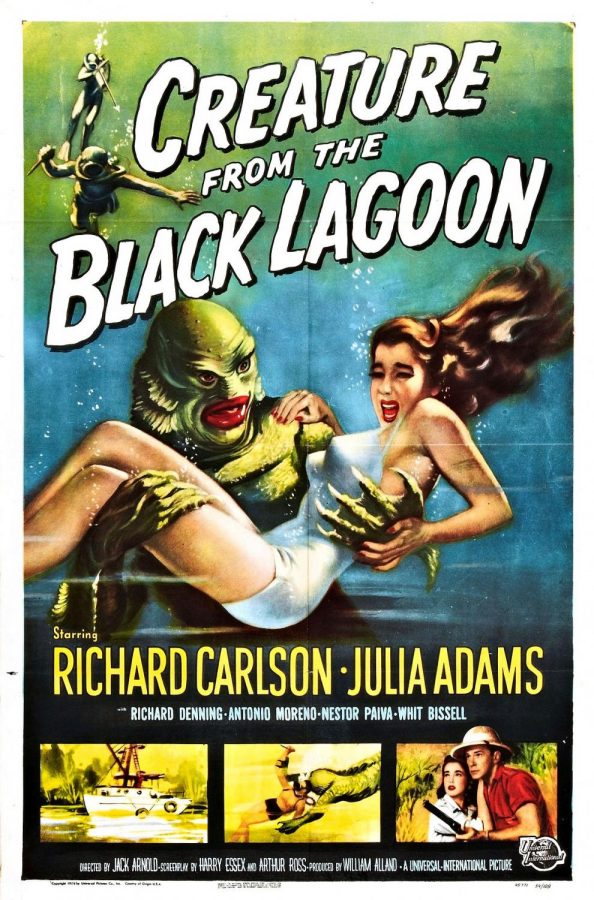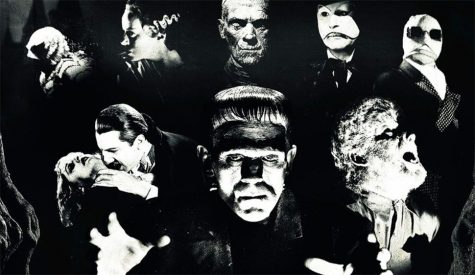Meet the Film that Inspired “The Shape of Water”
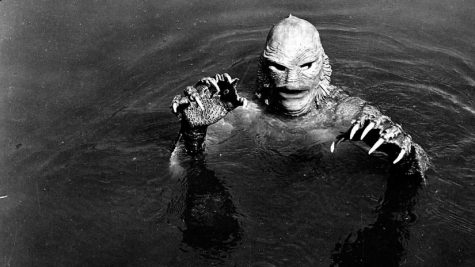
By winning the Oscar for best picture, The Shape of Water (2017) has become one of a select few instances, only the second to be exact, when a fantasy genre has taken home the top honor. Fantasy, along with genre’s such as horror, science fiction, and comedy are usually looked upon as cinema’s “red headed step child” when compared to their siblings such as dramas, bio-pics, and epics like war themed dramas.
While horror films such as The Exorcist (1973), and Sci-Fi films such as Star Wars (1977) and E.T. the Extra-Terrestrial (1982) received nominations, a victory must not have ever been likely. It wasn’t until Peter Jackson’s vision of JRR Tolkien’s Lord of the Rings that one of these genres became not only a mainstay in the nominations, but an actual contender. As Yankee play-by-play announcer, Michael Kay, so elegantly called during Derek Jeter’s final game winning at bat, fantasy became reality in 2004 when the penultimate installment of the trilogy, The Lord of The Rings: Return of the King (2004) took home the Oscar for best picture.
It would be more than a decade before another film from the shunned genres to take home the honor, although James Cameron’s massive scale Avatar (2009) came about as close as possible, eventually losing out to his former betrothed Katheryn Bigelow’s war drama The Hurt Locker (2008).
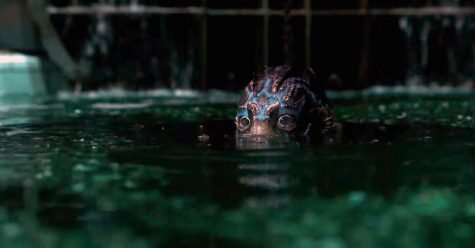
But it is not just about the victory that The Shape of Water does for the runts of the cinematic litter, it is the inspiration behind it that also validates a rich and passionate history for the macabre horror, the epic quest of fantasy, and the will to believe that the truth is out there in science fiction.
The victory is a testament to its predecessor, the classic Universal Horror film, The Creature from the Black Lagoon (1954). The Shape of Water director Guillermo del Toro’s inspiration was partially triggered by his memory of watching the film and hoping for the Gill Man’s romantic infatuation with Kay Lawrence (Julie Adams) to have a happy ending for the two of them. Del Toro even pitched the idea of a remake to Universal from the Gill Man’s perspective, this time ending up with the girl of his dreams, it was rejected.
The Creature from the Black Lagoon, was originally released in 1954, starring Richard Carlson, Julie Adams, and directed Jack Arnold. The Gill Man is widely considered the last in the classic Universal Monster roster, his peers being Dracula (1931), Frankenstein (1931), Bride of Frankenstein (1935), The Mummy (1932), The Invisible Man (1933), Phantom of the Opera (1943), and The Wolfman (1941).
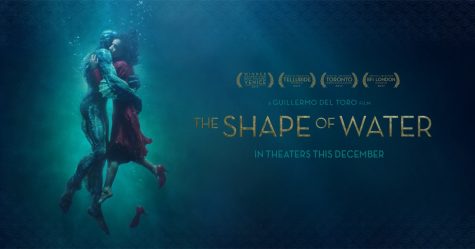
The Universal Monster franchise was kick started in the early days of Hollywood’s Golden Age with Dracula in 1931, the film becoming famous for its spine-chilling score composed by Phillip Glass, and the hypnotic performance given by the aristocratic Hungarian born actor, Bela Lugosi. The monster driven franchise became a hit along with the titanic performances by Boris Karloff and Colin Clive in Frankenstein (of which was the famous “It’s Alive” scene), and its sequel Bride of Frankenstein, and Lon Chaney Jr.’s melancholy performance as the doomed Lawrence Talbot in The Wolfman.
The Gill Man was the final monster to emerge from the dark recesses of Universal’s backlot. The lanky lizard shares a lot in common with other monsters of the era such as King Kong (1931), Frankenstein, and even The Wolfman in that he is an empathetic one. He, like Kong, and Frankenstein is simply a creature unaware of the more malevolent beings around him, those beings being people. A creature thrust into a world he does not understand when greed and curiosity lead mankind into places they don’t belong, Kong and the Gill Man being their homes, Frankenstein’s being the boundaries of scientific discovery. The green scaled humanoid also shares the unique dynamic of attraction between man and beast as both he and Kong develop an infatuation with the leading lady, Kong being Anne Darrow, and the Gill Man Kay Lawrence. In both cases, their naïve and curious affinity for their human female counterpart leads to their demise, Kong falling from atop the Empire State Building riddled with bullets as planes soar above him and the Gill Man stumbling back into his murky, seaweed filled domain. His lifeless corpse slowly sinking to the depths, blood flowing from his scaly torso into the river like paint streaming from a loaded paintbrush in water.
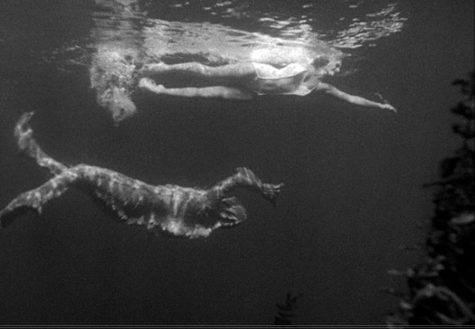
Yet, perhaps the most obvious message that Creature from the Black Lagoon sends to its enraptured audience, one that is echoed in Shape of Water, and another famous lizard released that same year in 1954 in Gojira, more commonly known as Godzilla, is Man vs. Nature. It is man’s curiosity that often leads to uncapped levels of destruction, sweeping up unforeseen casualties in the King of the Monsters, and Gill Man. Godzilla was accosted in his habitat by the atomic breath of mankind’s nuclear urges, one that gave the cold blooded behemoth a fiery atomic breath of his own. While the Creature is not atomic in nature like his much larger relative in the pacific, he is also a victim of mankind’s often unforeseen devastation when exploring the unknown. Even when altruistic in nature, mankind seems incapable of destroying the very thing it seeks to understand in the process of understanding it. In Creature from the Black Lagoon that sad reality is no different. Even in a scientific setting, the quest to learn more about the fossil of Gill Man discovered in the Amazon eventually leads to its destruction.
It is quite bewildering considering that the Academy so often rewards films for powerful social messages and lessons, and yet it leaves out films whose reputation echoes the messages it conveys, the stories of the misunderstood. The greatest asset of horror, science fiction, and fantasy is that it often is a reflection of people who enjoy it. They act as a voice for those who feel they have none, for the confused, and misunderstood. It is a refreshing relief to see a film about a woman without a voice befriend a creature that seems destined to be exploited be recognized as in the same category as other great films, and it began with The Creature from the Black Lagoon.

Michael Dunnings, otherwise known by the Hungarian equivalent "Miska", is a native of Dobbs Ferry and a senior studying Journalism at Mercy College. Michael...



